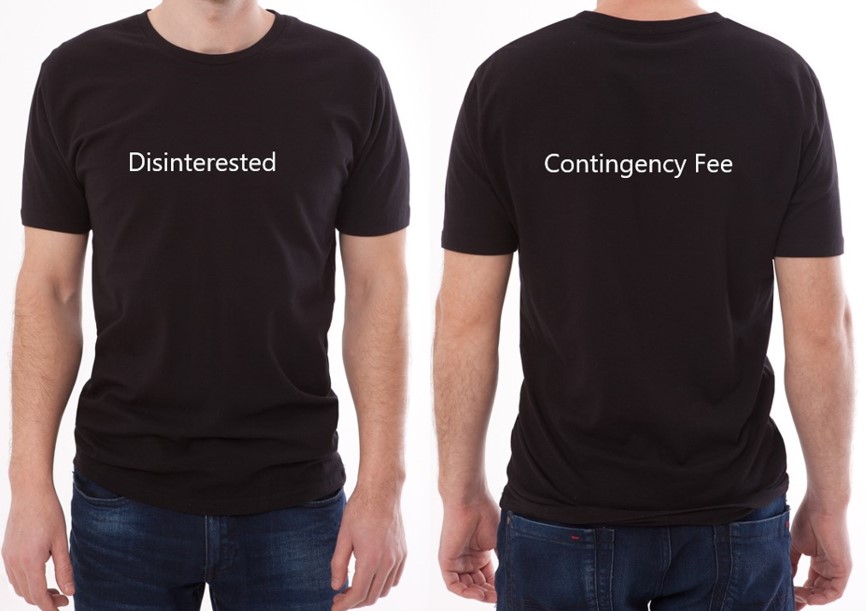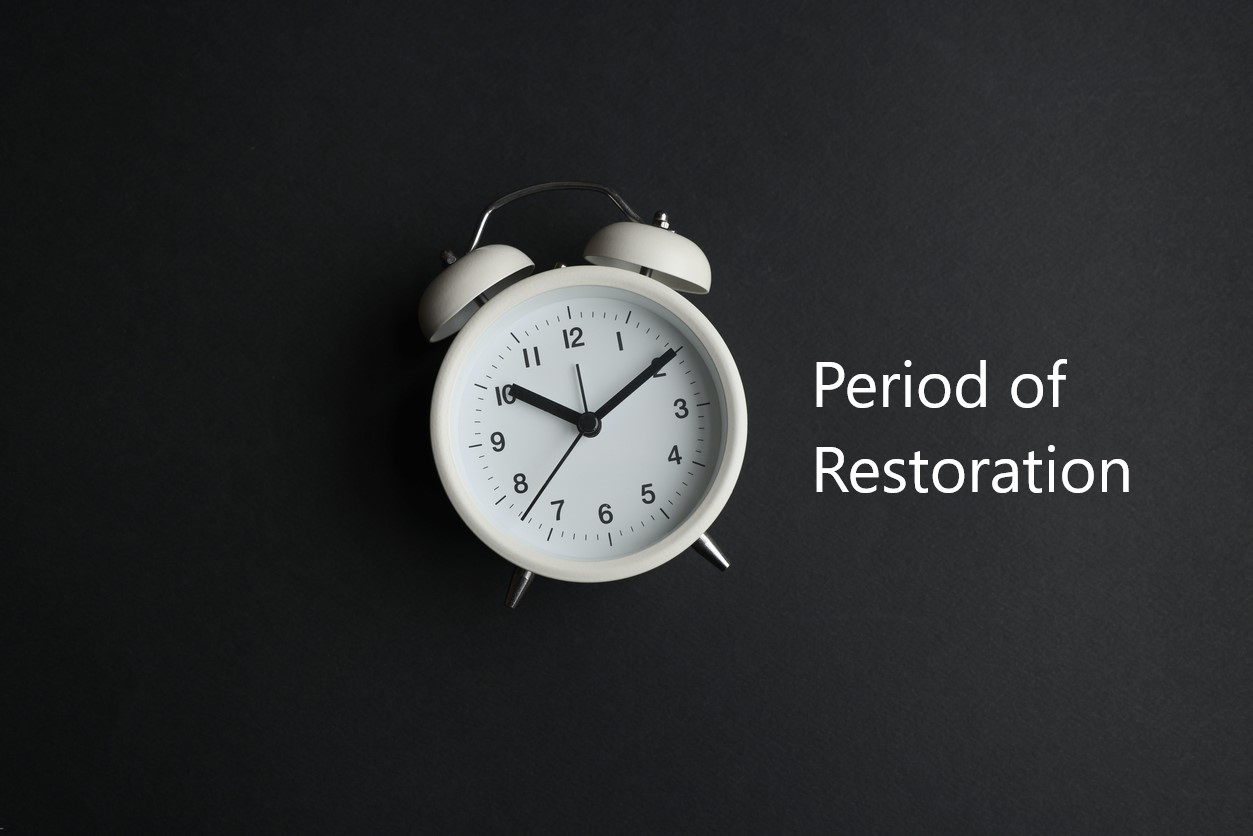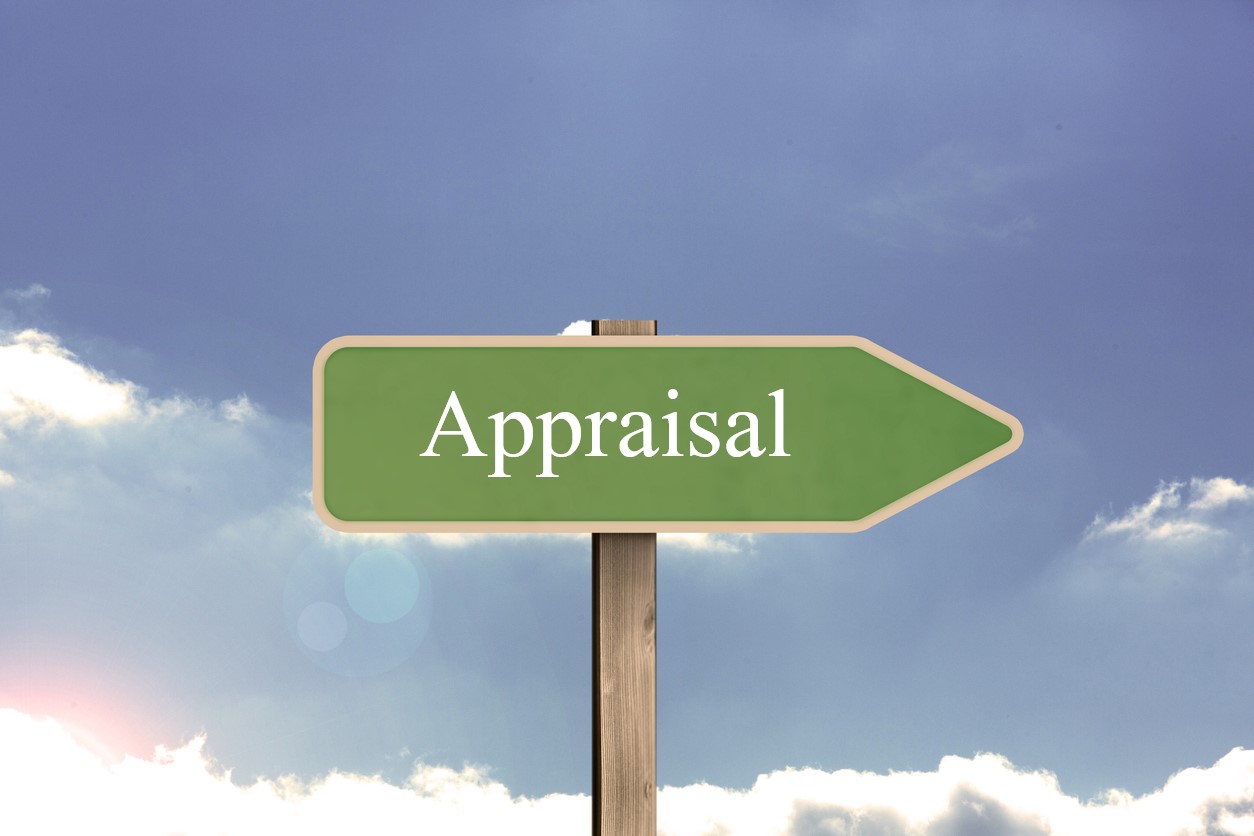Flood insurance claims under the National Flood Program are unique. As implied in yesterday’s post, Appraisal in Flood Claims, those closely involved with controversies regarding appraisals under the National Flood Program should not only read cases construing the flood policy, they should also read briefs filed by the attorneys for National Flood to anticipate future arguments and issues. This is very important to properly representing Hurricane Sandy insurance claimants.
One flood claim appraisal issue involved an award of general contactor over and profit with a curious result.1 Generally, including contractor overhead and profit is a factual issue,not a legal issue, when a general contractor’s involvement is expected to repair or replace damage to a structure. This has been discussed in Overhead and Profit Should Be Included in Actual Cash Value Payment to Policyholder and When Is a Policyholder Entitled to Overhead and Profit? I have written a paper on the topic: Withholding Overhead and Profit is Wrong if Insurance Companies are Trying to Act Right.
However, in Dwyer, the court held as follows after an umpire awarded overhead and profit:
Fidelity contested the umpire’s addition of overhead and profit but accepted the umpire’s damage figure, which was approximately $1,500 more than Fidelity’s original estimate. Overhead and profit is a pass-through cost intended to reimburse homeowners for the expense of using a general contractor. Since the Dwyers sold their home unrepaired, they never incurred and will never incur the cost of a general contractor. They are not entitled to overhead and profit. (emphasis added)
I suggest the decision is wrong for a number of reasons. The Dwyers sold the building in a damaged condition, so the eventual purchaser would theoretically deduct the cost of repairs, including the cost for overhead and profit, from the price they were willing to pay for the building. Even if the Dwyers did not repair the building, the reduced amount they could get for the building shows the financial loss they incurred. Moreover, the contract contemplates paying overhead and profit so long as a general contractor would be expected to be retained for repair. The policyholders could have rebuilt the structure in any form or design they wanted, as long as it complied with building codes. Losses are first adjusted on a theoretical basis. This is a basic principal of claims adjustment.
I know many claims managers for the flood catastrophe firms and the National Flood Program read this blog. Maybe they will have a change of heart on this issue. Their customers are being ripped off otherwise–even if insurers were able to use their very capable attorneys to successfully argue out of rightful coverage.
Who are those capable attorneys? Those with the Nielsen Law Firm and Gerald J.Nielsen. Reading just one of their briefs in this matter provides an idea of what attorneys representing National Flood think should happen in an appraisal:
The first use of the word “agree” above necessarily contemplates direct communications and conversation between the insured and the insurer. The next use of the word “agree’ contemplates conversations between the two appraisers to “choose an umpire.” The ensuing uses of the words agreement, agreed, and agree all indicate that the two appraisers are to communicate to achieve agreement, if they are unable to do so, they are to try to achieve that agreement with the umpire. Again, how can agreement be achieved successfully, or accurately, without direct communication?
In addition to the objective of trying to achieve agreement to accomplish the purposes of the appraisal clause, direct communication brings with it the additional benefit of increasing the likelihood that the appraisal award will be accurate. And, because we are using federal funds to pay these claims, isn’t accuracy an important consideration? Why would the courts build in to the system, impediments to communication, which would serve only to increase inaccuracy, and increase the failure rate of appraisal?2
The brief further explains where the National Flood adjusters are taught to wrongfully deduct overhead and profit from payment:
Overhead and profit is found in § 7(h) of the NFIP Adjuster Claims Manual (1/1/04 Ed.), which provides as follows:
VII. Basic Adjustment Issues,
H. OVERHEAD AND PROFIT
The overhead and profit percentage must be applied to the depreciation total and reflected in the ACV loss figure. Overhead and profit is not applied to the following items:
1. Carpeting
2. Insured’s own labor
3. Outside service charges such as plumber, electrician, or appliance service calls
4. Repairs made by the insured (However, an allowance can be made for the insured’s time and expense in purchasing materials, not to exceed 10 percent.)
Overhead and profit is warranted only if a general contractor has been hired to make repairs. The adjuster must document the general contractor’s involvement. The NFIP Servicing Agent or the WYO company has the option of withholding the overhead and profit until the repairs are completed or until a contract is signed.
The directive is less egregious than some in claims manuals belonging to other insurers. Indeed, National Flood claims managers recognize overhead and profit is part of the calculation for actual cash value payments.
Yet the bolded language in the directive is misleading and wrong. The directive is overly broad in application. It should have read: Overhead and profit is a warranted construction expense if a general contractor should be expected or required to make the repairs.
Obviously, every public adjuster and appraiser working on National Flood Insurance claims should have a copy of the current claims manual. Those wondering how National Flood views its policies should read Nielsen’s briefs.
Since we are talking about Flood:
https://youtube.com/watch?v=EfAhpX_wIBk%3Frel%3D0
1 Dwyer v. Fid. Nat. Prop. And Cas. Ins. Co., 428 F. App’x 270 (5th Cir. 2011).
2 Dwyer v. Fid. Nat. Prop. & Cas. Ins. Co., No. 10-30708, 2010 WL 7124854, *32 (5th Cir).




